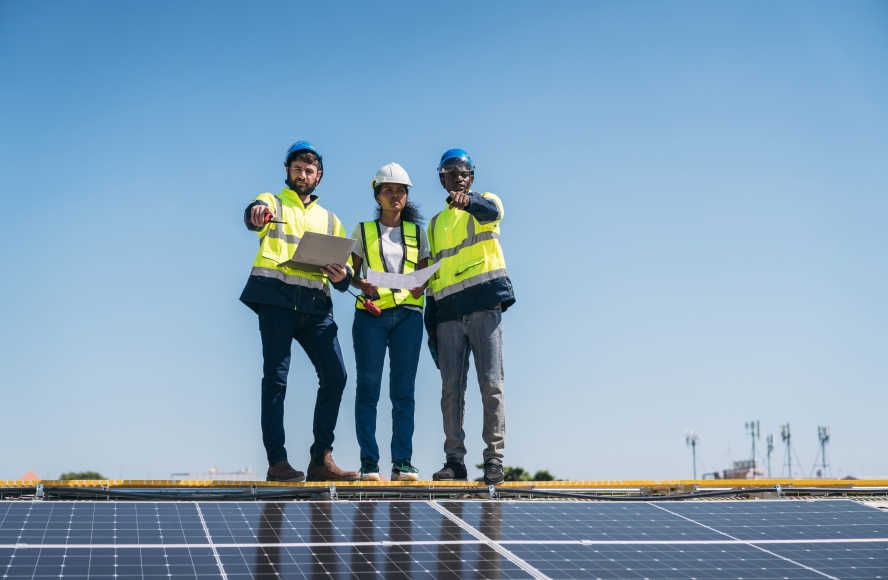|

Europe's Solar Energy Milestones in 2024: A Breakthrough Year for Clean Power
Europe's solar energy sector achieved extraordinary progress in 2024, setting new records for generation and capacity expansion. Solar power continues to be a cornerstone of the EU’s green transition, driven by policy advancements, technological innovations, and substantial investments.
This article delves into the major achievements of Europe's solar industry in 2024, based on insights from the energy think tank Ember.
2024: A Year of Unprecedented Solar Growth
In 2024, Europe's solar output soared, increasing by 54 TWh—an impressive 22% jump compared to 2023. This marked a significant acceleration from the 40 TWh gain seen the previous year.
The EU also achieved a new milestone in solar capacity additions, installing 66 GW in 2024—equivalent to more than 450,000 solar panels being added every single day. As a result, total solar capacity reached 338 GW, positioning the EU on track to meet its REPowerEU goal of 400 GW by 2025.
If this rapid growth continues, the EU is well-positioned to achieve its 2030 target of 750 GW. However, the pace of deployment already surpasses many national goals.
Solar Power Across Europe: Innovation and Expansion
Growth in solar generation was observed in every EU country in 2024. Sixteen countries generated more than 10% of their electricity from solar, up from 13 in 2023.
Innovative solutions, such as balcony solar panels in Germany and agri-PV systems combining solar and agricultural land use, have expanded solar access beyond traditional rooftops. Residential rooftop installations, which had seen significant losses, were overtaken by utility-scale solar projects, the largest segment in 2024.
Declining Solar Module Costs and Record Investments
Capital investments in EU solar PV systems surged from €19 billion in 2020 to €60 billion in 2023. This trend took a turn in 2024 as European solar module prices dropped sharply. Between January and November 2024, wholesale module prices fell by 35%, following a 50% decline in 2023. This price drop was driven by reduced supply chain costs and market overcapacity.
Solar Power Meets Growing Demand
The success of solar energy was evident in its capacity to meet rising electricity demands across Europe. In 2024, 12 EU countries reported solar covering at least 80% of their electricity needs during peak hours on several occasions.
Hungary experienced a remarkable increase, with solar meeting over 80% of demand for 70 days in 2024—up from just 10 days in 2023.
This progress underscores solar’s potential to replace fossil fuels during daylight hours. Achieving consistent energy reliability will require further advancements in clean energy solutions, including battery storage, grid expansion, and smart electrification.
The EU’s shift towards solar and wind energy has already led to a significant reduction in coal-fired electricity generation, down nearly two-thirds over the past decade despite a brief increase following the 2021 Russian invasion of Ukraine.
|


